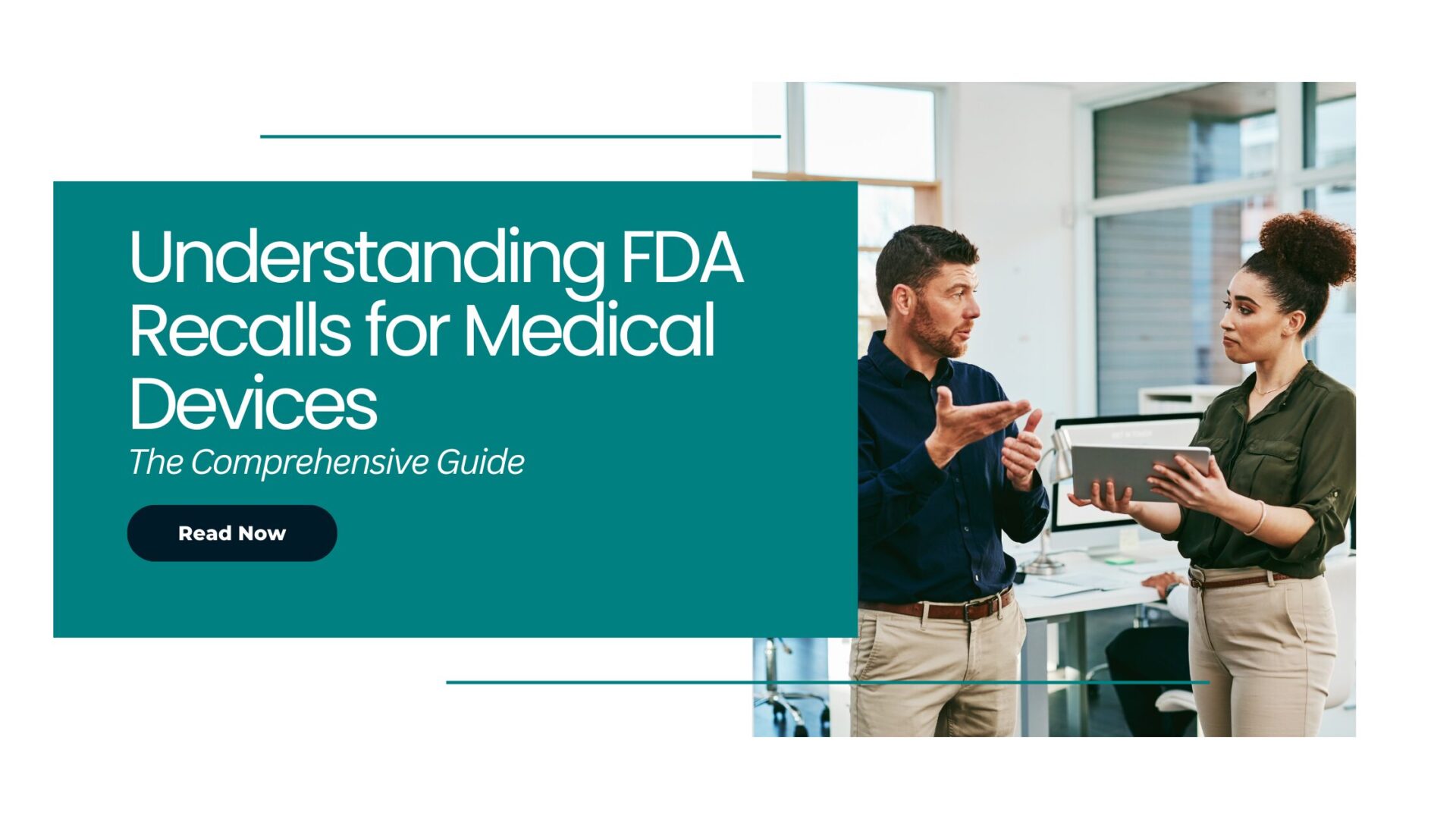As per the latest draft guidance issued by the US Food and Drug Administration (FDA), 4 “best practices” are mentioned for the process of selection of predicate device for a 510(k) program.
In accordance with the law, for all the eligible devices a manufacturer needs to submit a 510(k) notification at least 90 days before the device is introduced into interstate commerce for commercial distribution.
It is critical that the proposed device is substantially equivalent to the selected predicate device. Along with that, it is important that agency includes how the best practices were used to select the said predicate device in their 510(k) application.
You can also explore our article on 13 mistakes to avoid during 510(k) application.
List of best practices declared in the new draft guidance for selecting predicate device –
Included in the new draft guidance are the links to FDA and other databases to assist applicants in determining whether the proposed device meets all the best practices or not.
You will also find several examples that will reflect the best practices in play.
On top of all this, FDA also wants applicants to include 510(k) summaries in their application. These summaries must include the narrative explaining how they selected their predicate device & how best practices were used to support their submission.
In case, you need assistance with your 510(k) submission, you can contact our experts at Elexes Medical Consulting.





















